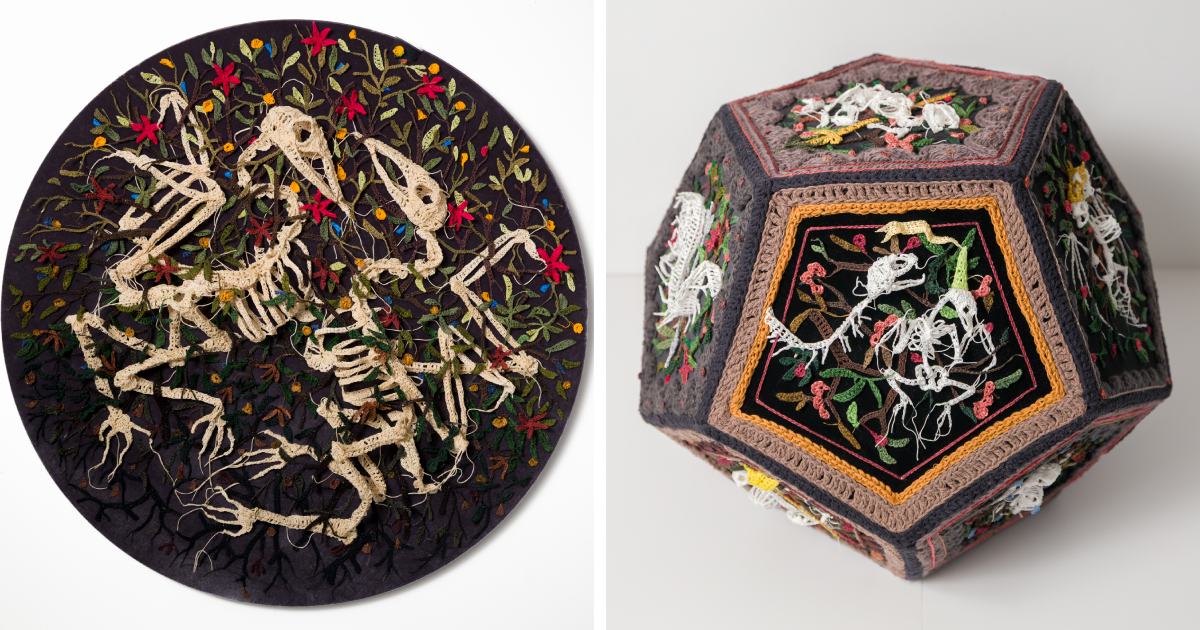
Caitlin McCormack Crochets Delicate Skeleton Sculptures Using Threads Stiffened With Glue
Caitlin McCormack, got into using textiles in her sculpting as a means of dealing with her own grief and generational trauma. The Philadelphia-based artist creates these crochet sculptures using cotton string, glue and found objects. She fastidiously amalgamates these objects to create delicate skeleton specimens of animals and other figures.
The fiber artist also draws inspiration for her reimagined works from cinematic body horror, science fiction, osteological displays as well as medieval botanical imagery. She is drawn to the uncanny and wants to explore the themes of existential dread, loss, isolation and queerness in her pieces.
More info: Instagram | CaitlinMcCormack
#1 Let’s Get Demonized Instructional Polyhedron
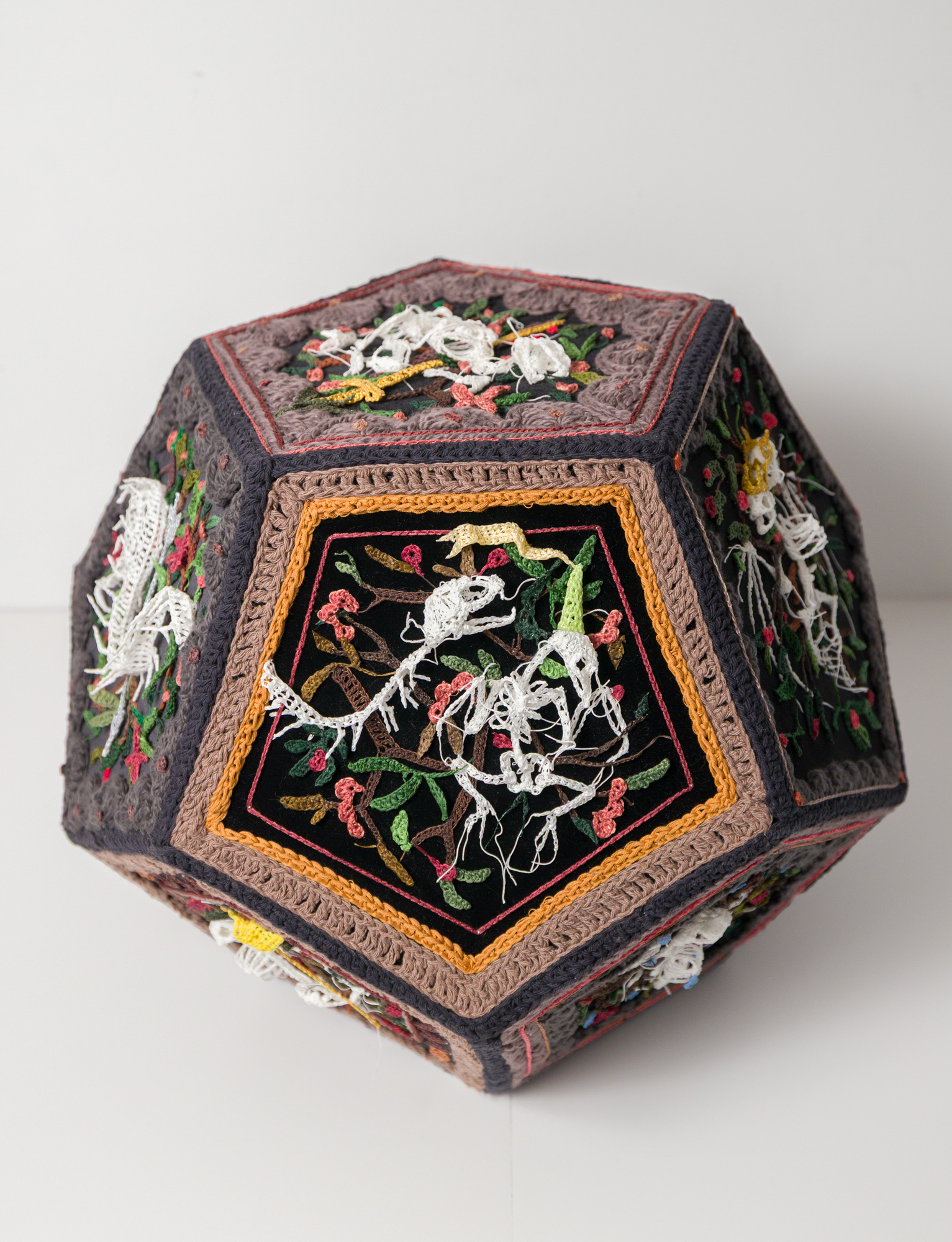
Image Source: CaitlinMcCormack
#2 Your Time For Being Loved Will End
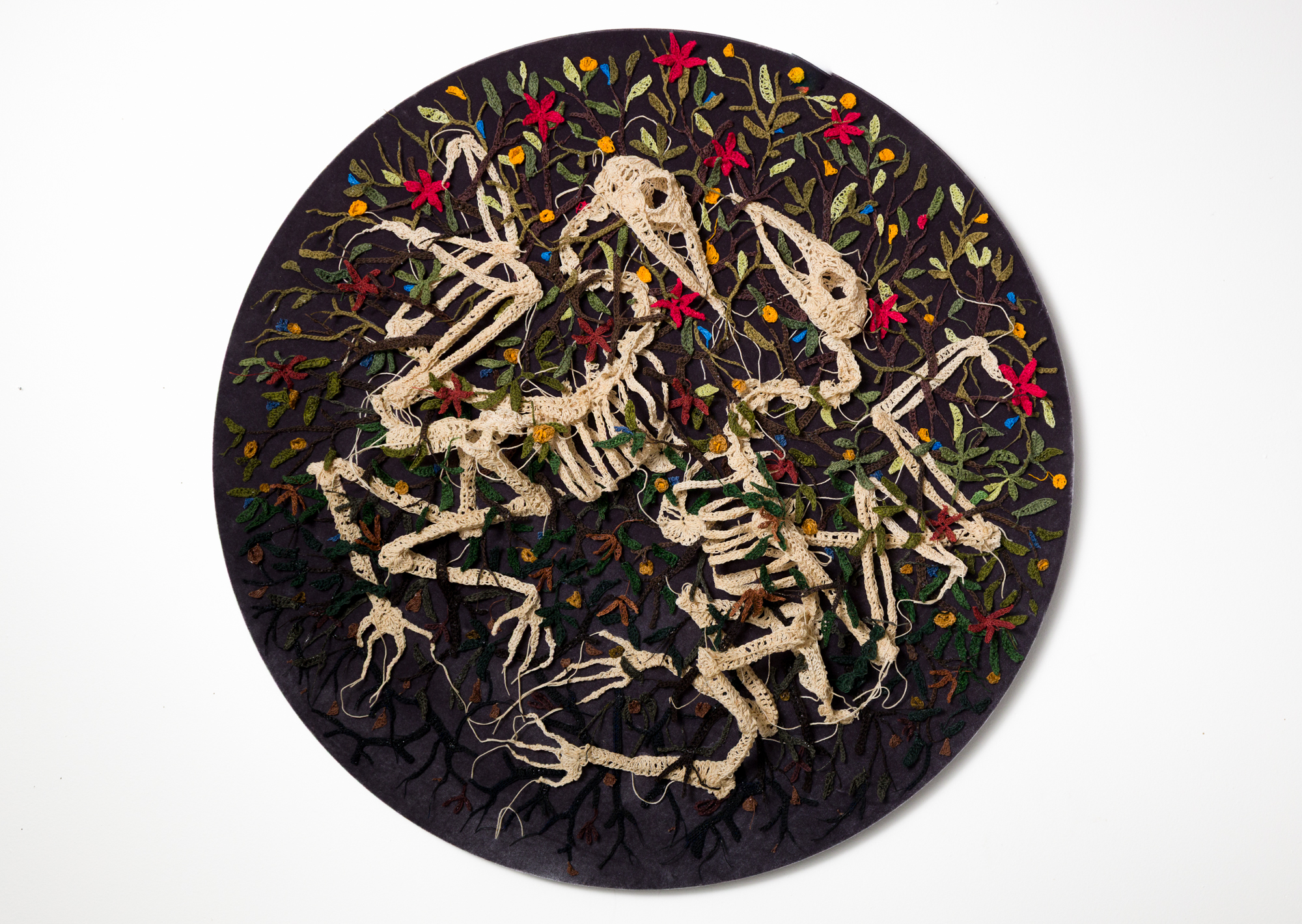
Image Source: CaitlinMcCormack
Speaking to DeMilked about how she got into this particular art form McCormack said, “I think initially I pursued this modality because it was rooted in so many familiar things, like textiles, the home – very immersive, textural parts of life. Crocheting is also very engaging and bodily as a practice and, combined with overcoming grief, it felt like a very natural activity to gravitate towards. It provided me with a way to transmute my various traumas into something that felt useful, at least emotionally. The work I make now has evolved from being a safety zone, which I can retreat to, towards more of a terrifying process wherein I challenge myself to see how blatantly I can put my feelings on display, many of which are loaded with shame, guilt, bitterness, and anxiety. Humor is very important to me so that has been a useful tool in navigating that last part”.
#3 You Should Have At Least Sent A Card
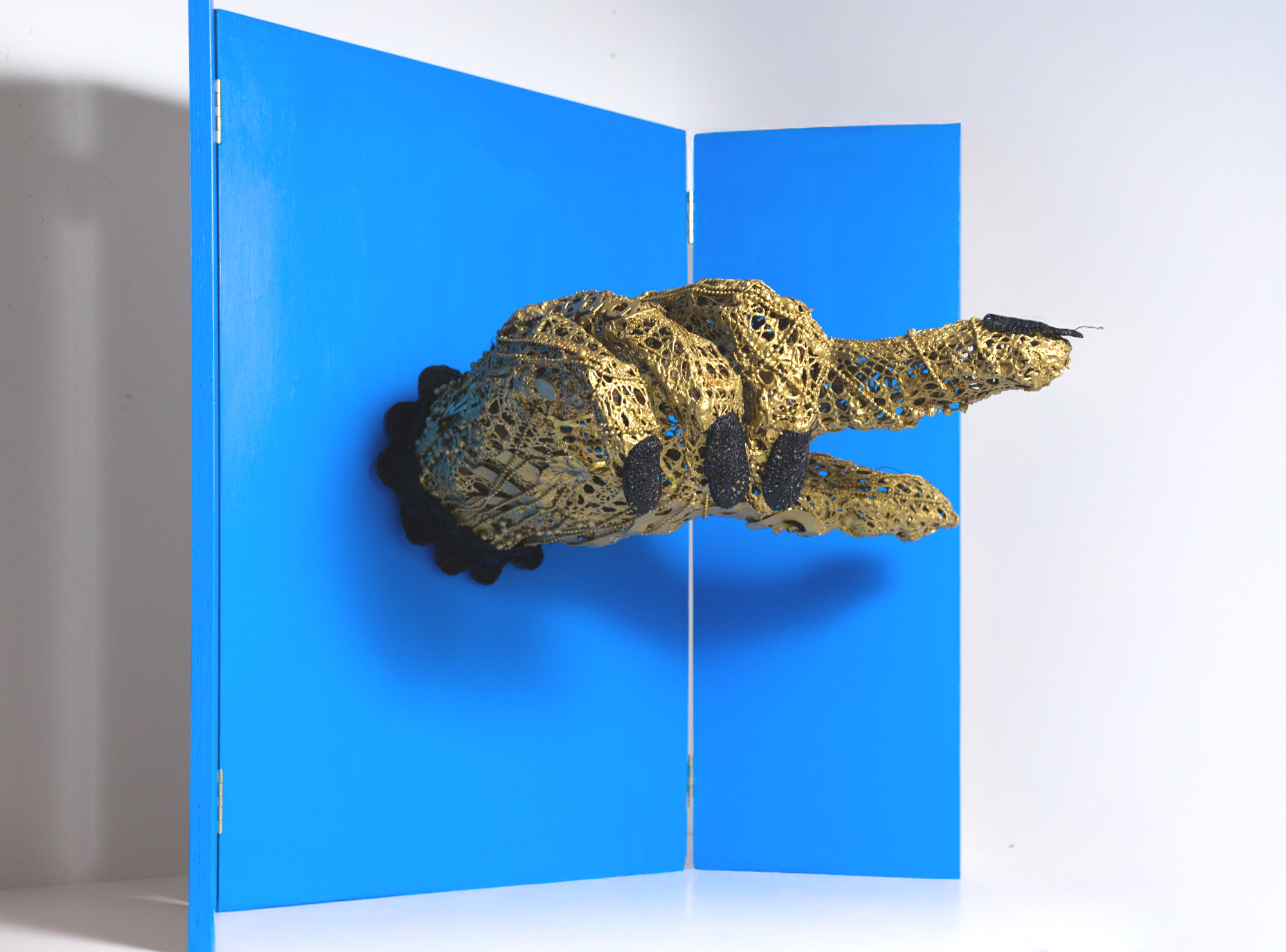
Image Source: CaitlinMcCormack
#4 You Picked The Wrong One
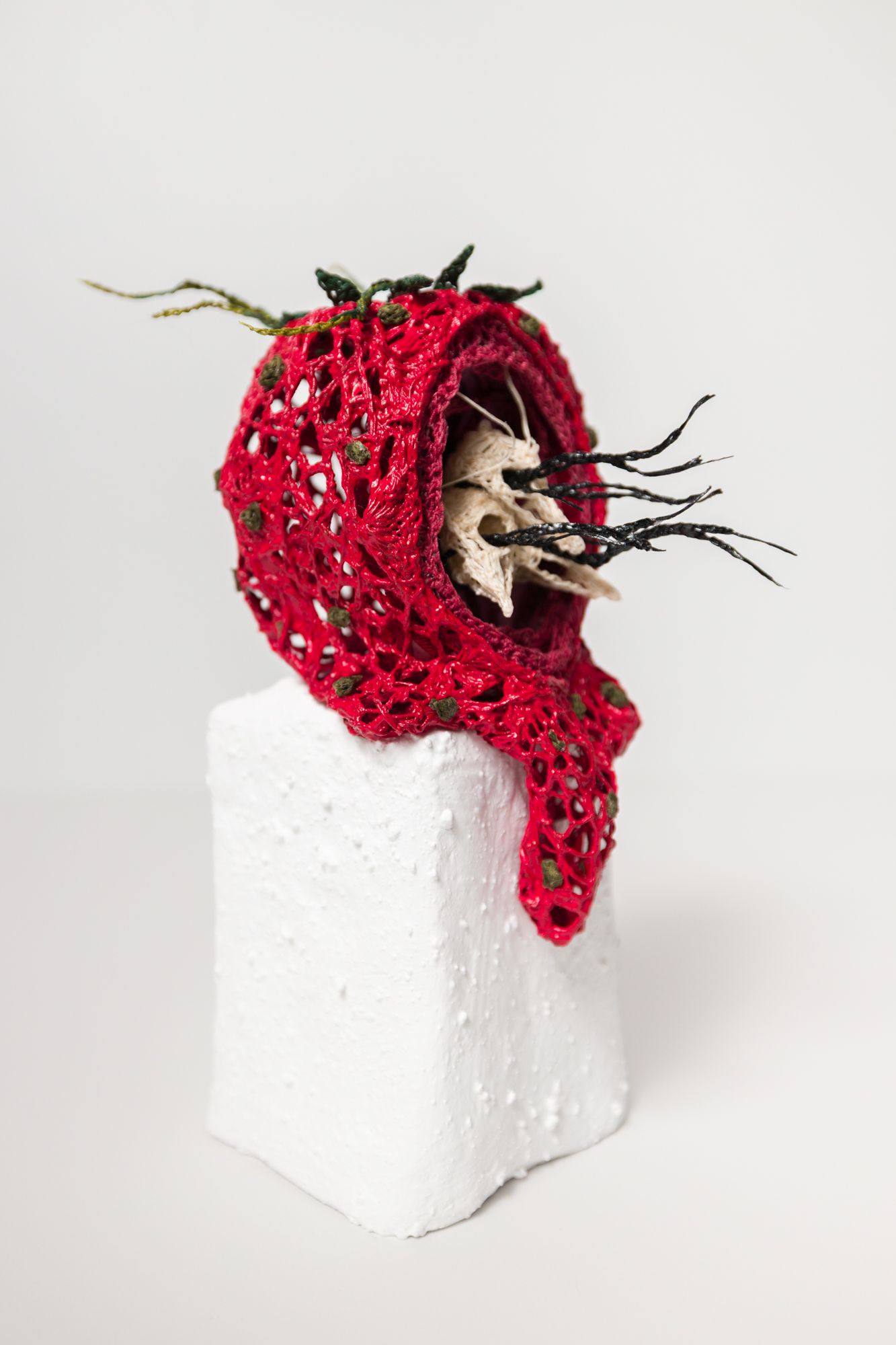
Image Source: CaitlinMcCormack
#5 You’re Next
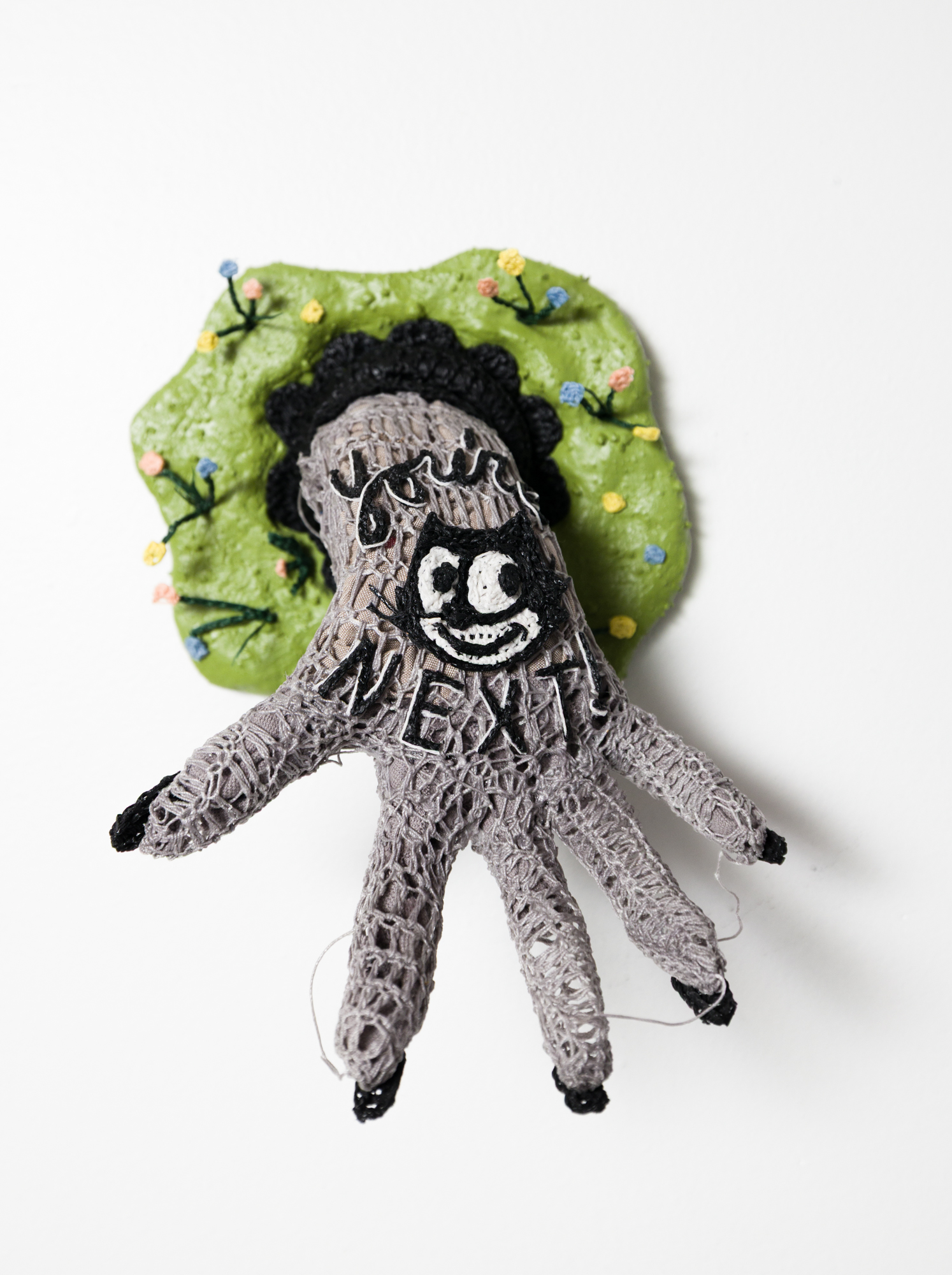
Image Source: CaitlinMcCormack
#6 They Come Back But They’re Never The Same – III
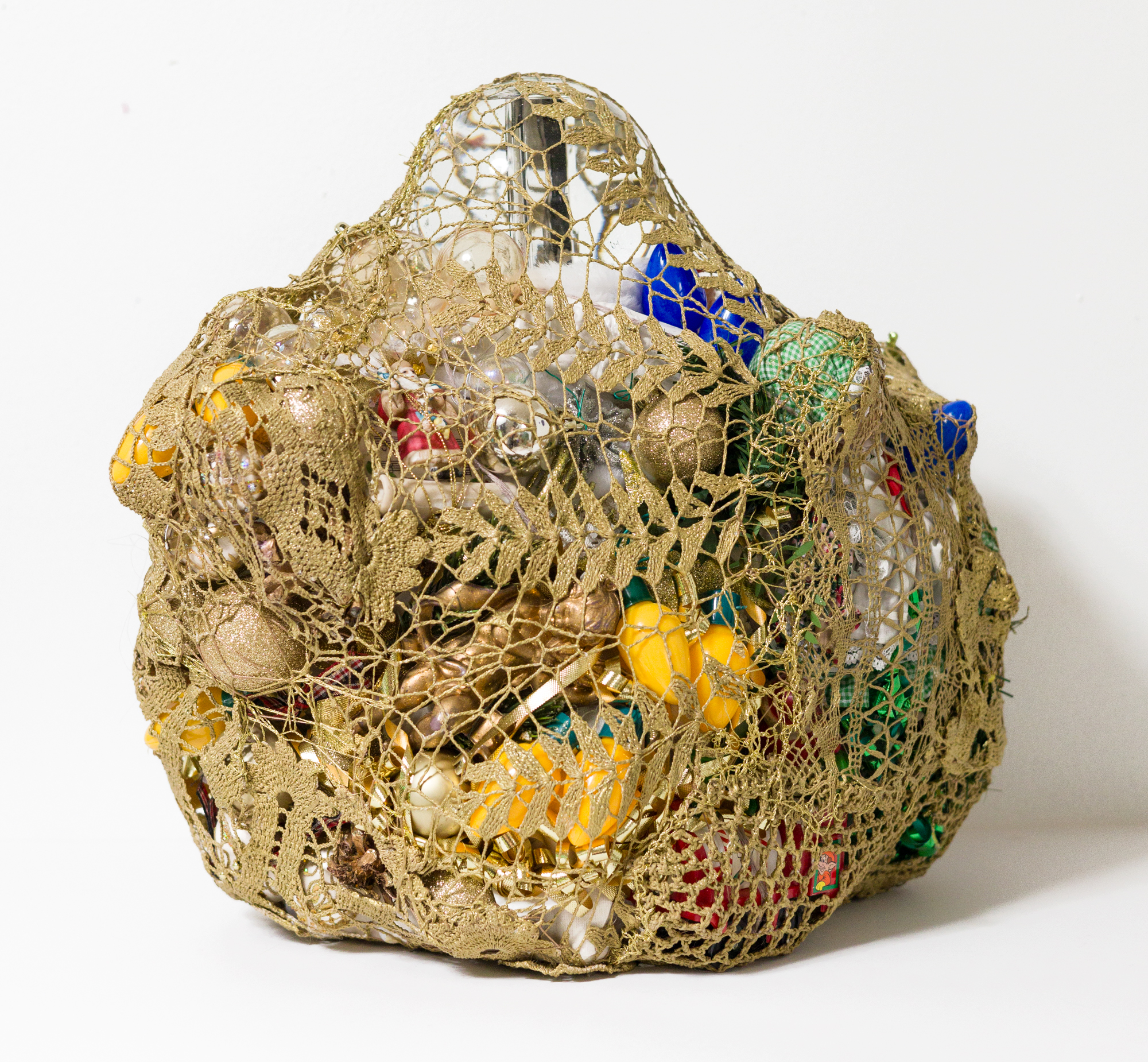
Image Source: CaitlinMcCormack
#7 I Came Here To Try To Have A Good Time
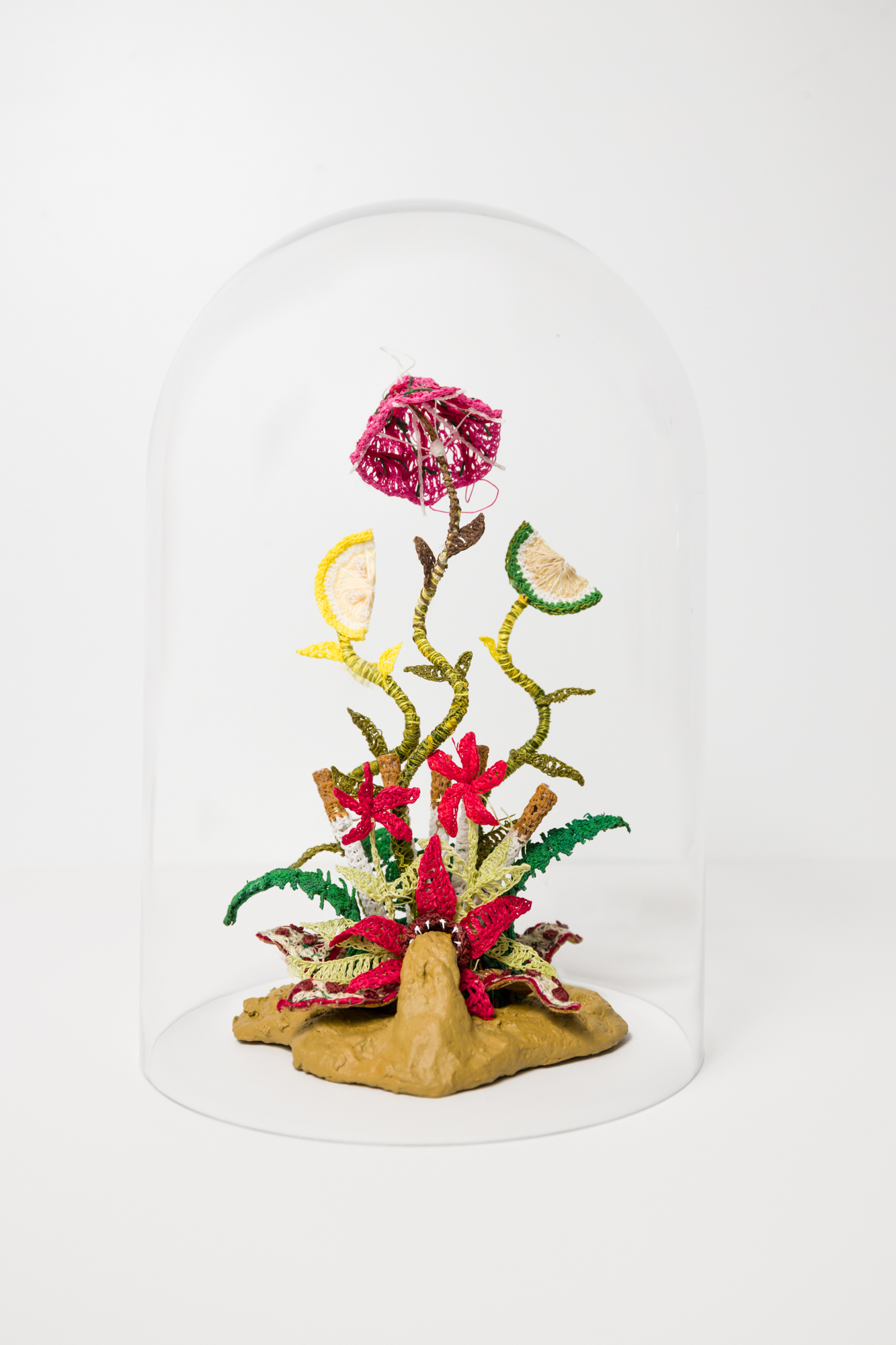
Image Source: CaitlinMcCormack
#8 El-Dorado Gift Shop – II
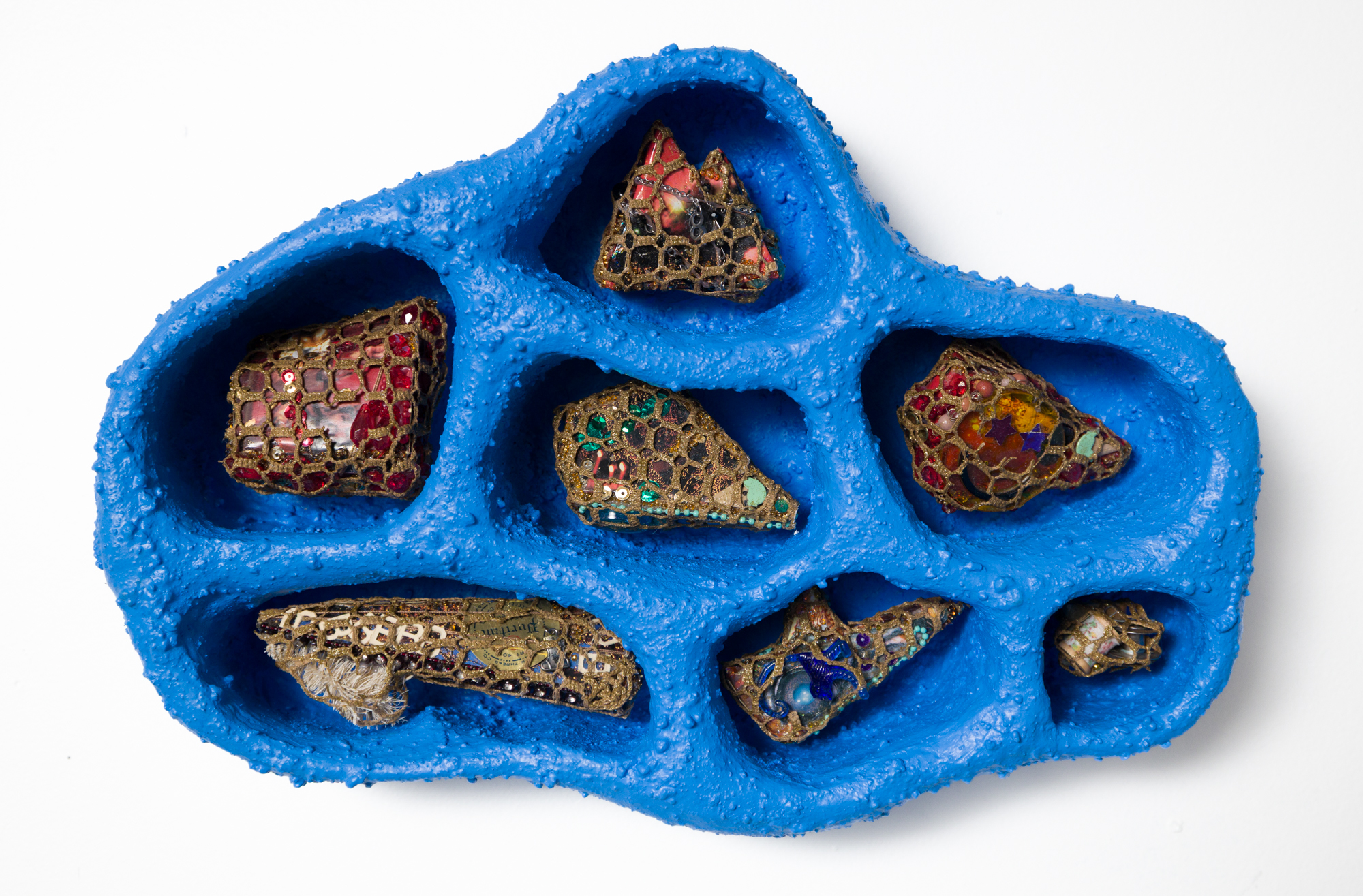
Image Source: CaitlinMcCormack
#9 Milkvetch – How Much More Can They Hold
Image Source: CaitlinMcCormack
#10 Earth Before Eyeballs Existed
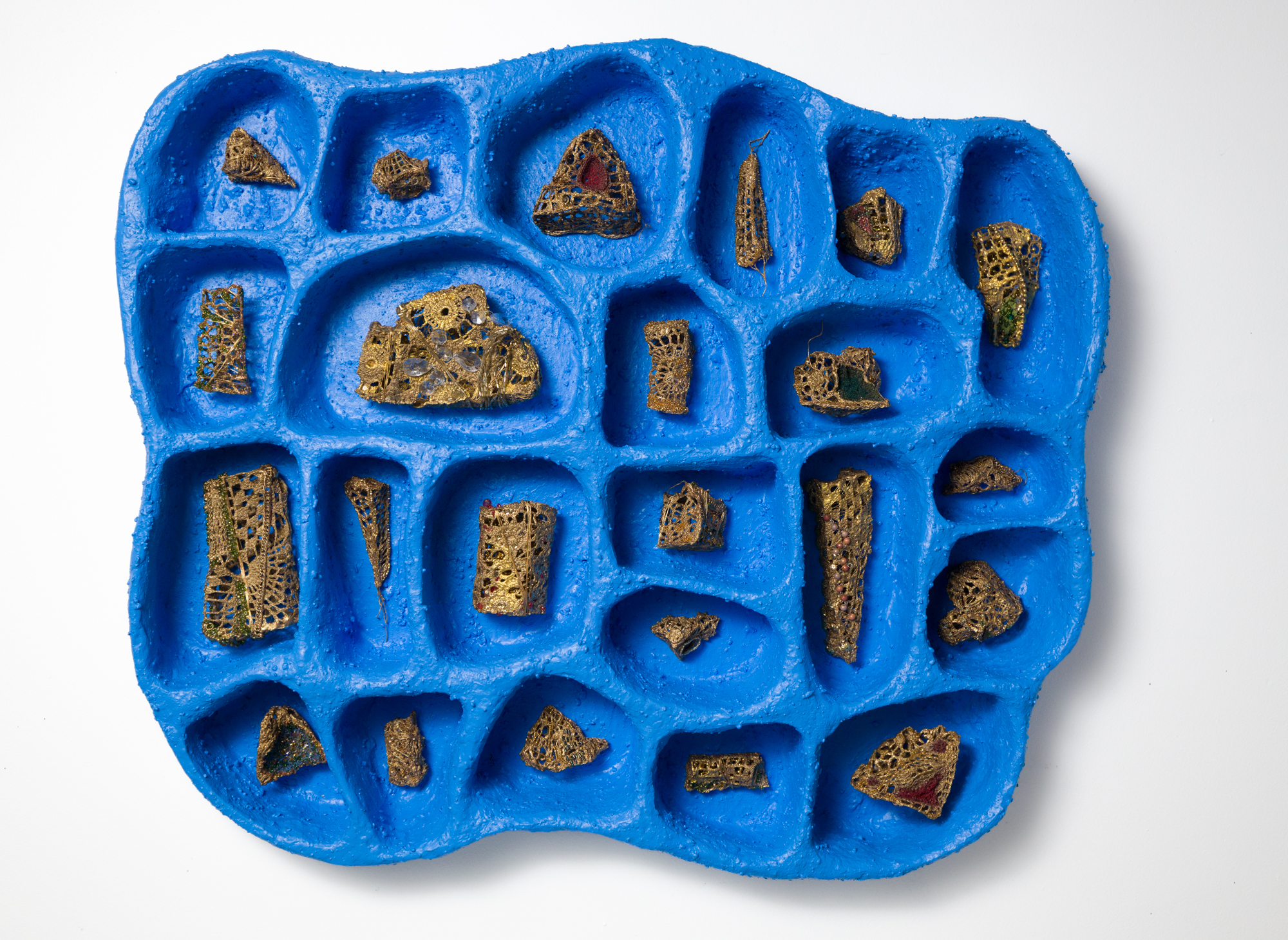
Image Source: CaitlinMcCormack
#11 El-Dorado Gift Shop – I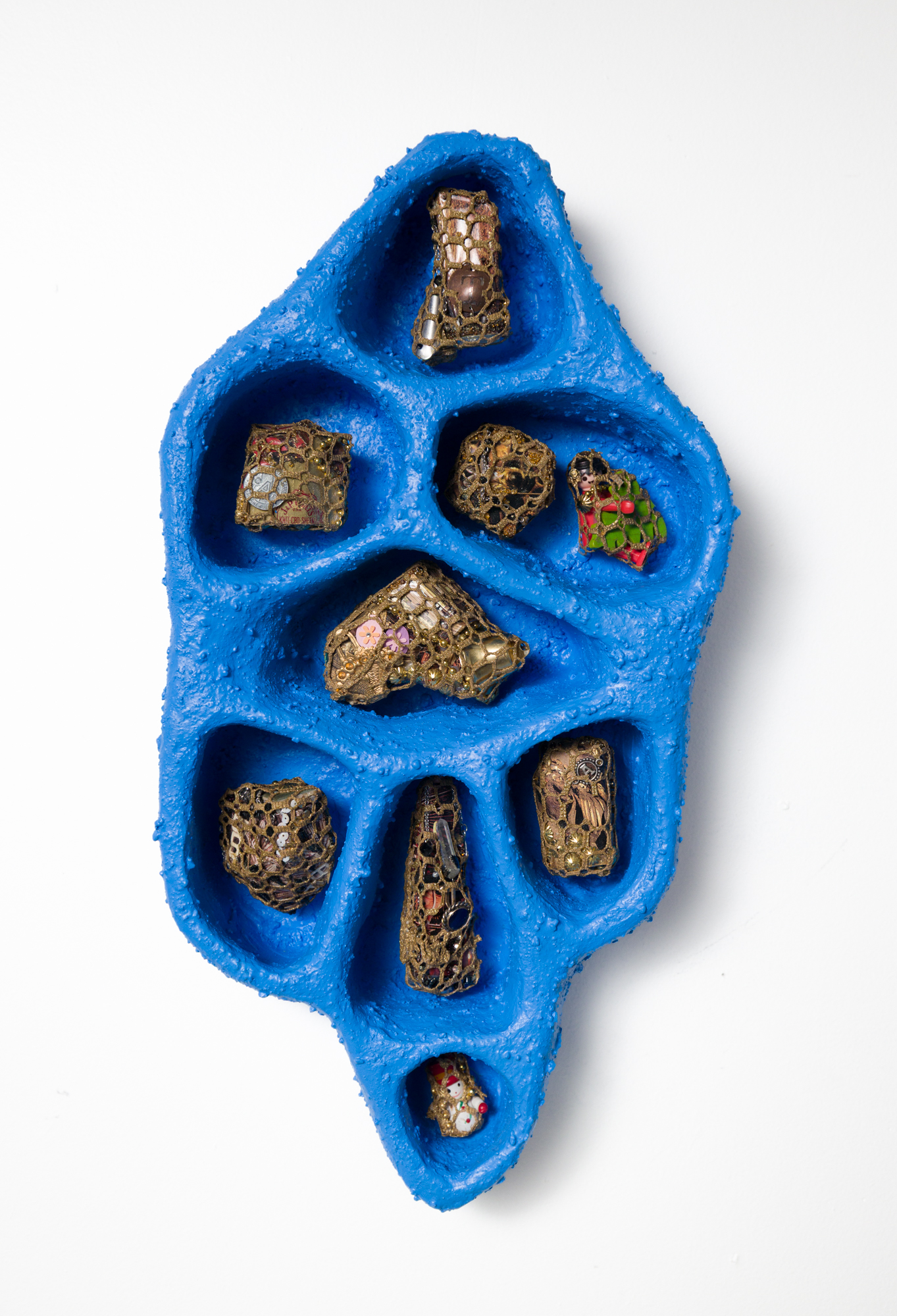
Image Source: CaitlinMcCormack
In response to a query about how long she has been crocheting and when she started using it in her creations, McCormack explained, “My grandfather carved detailed wooden birds and my grandmother was a skilled crocheter. She taught me how to crochet when I was four years old and would inspect my work, instructing me to “rip it” if she detected a slipped stitch. When he passed away, I was in my very early twenties. She had dementia and would forget that he was no longer alive a few times every hour, so family members were always at the house to guide her through the recurrent grief process. During that period, I started using her reserves of tiny, old crochet hooks and cotton string to craft amorphous masses of lace, I think to meditatively channel the broken record in which she was trapped into some kind of a shared, physical medium. She passed away shortly after that. While grieving, I realised that applying various stiffening agents to the material lent it a brittle, bone-like texture, and further discovered that the lace patterns were visually resonant of osteological tissue viewed through a microscope. Thats when it clicked that crochet could be used as a super malleable sculptural modality. I began using the technique I had been developing to construct objects paying tribute to my grandparents’ lifelong craft pursuits, and thus this taxonomy of crocheted skeletal specimens came into being”.
#12 Blorb – I
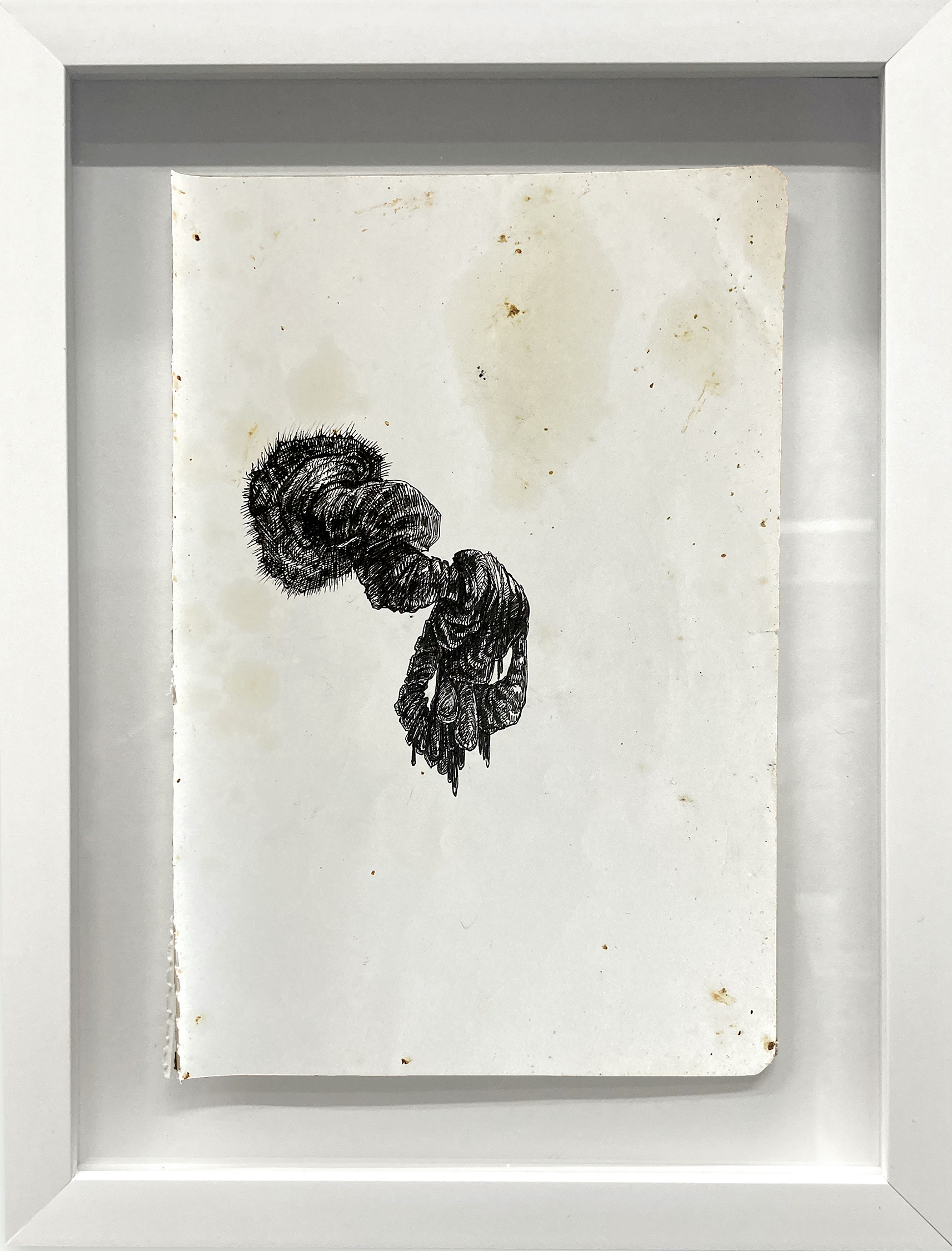
Image Source: CaitlinMcCormack
#13 Blorb – II
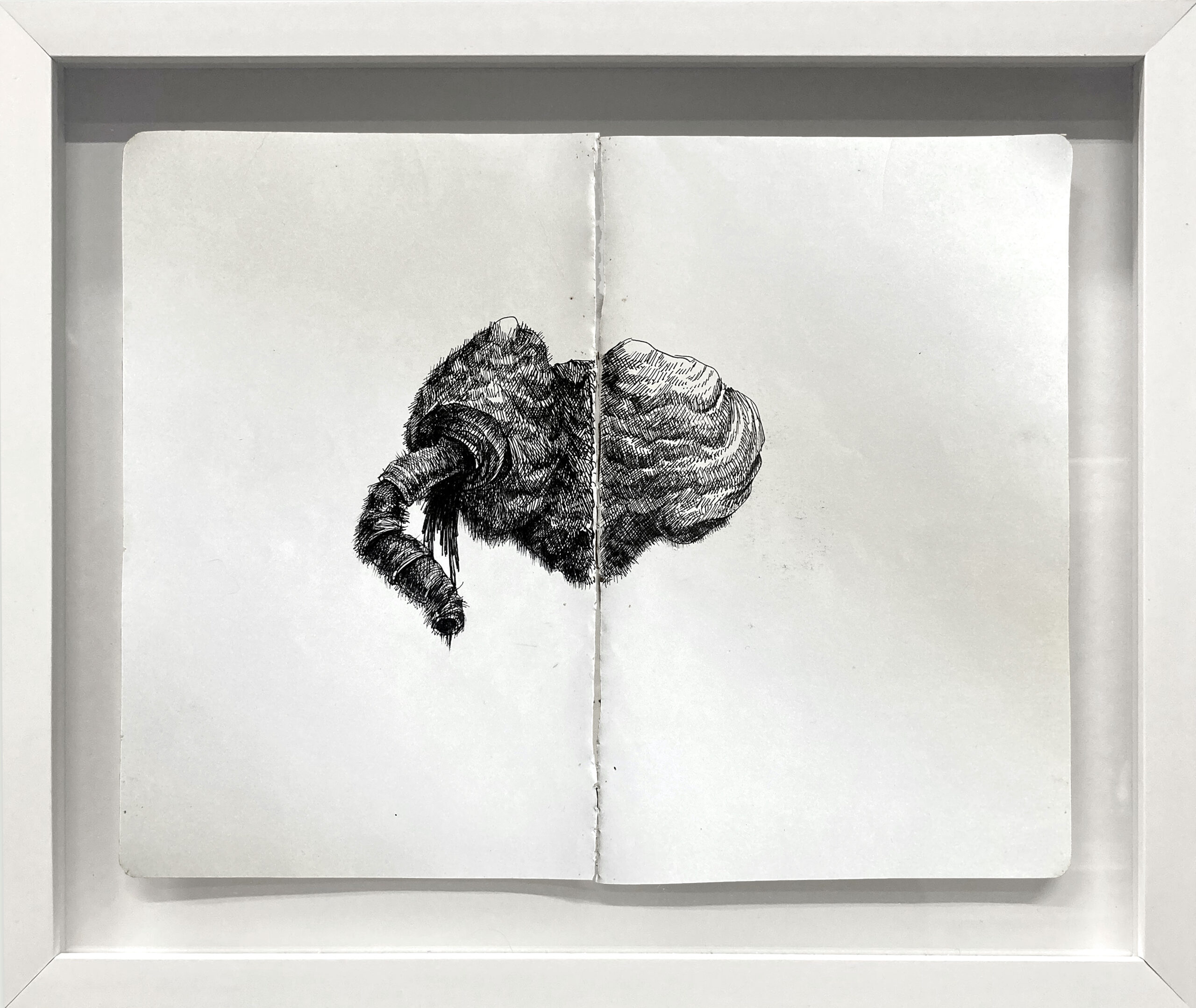
Image Source: CaitlinMcCormack
#14 Never Let The Party Die
Image Source: CaitlinMcCormack
#15 They Come Back But They’re Never The Same – V
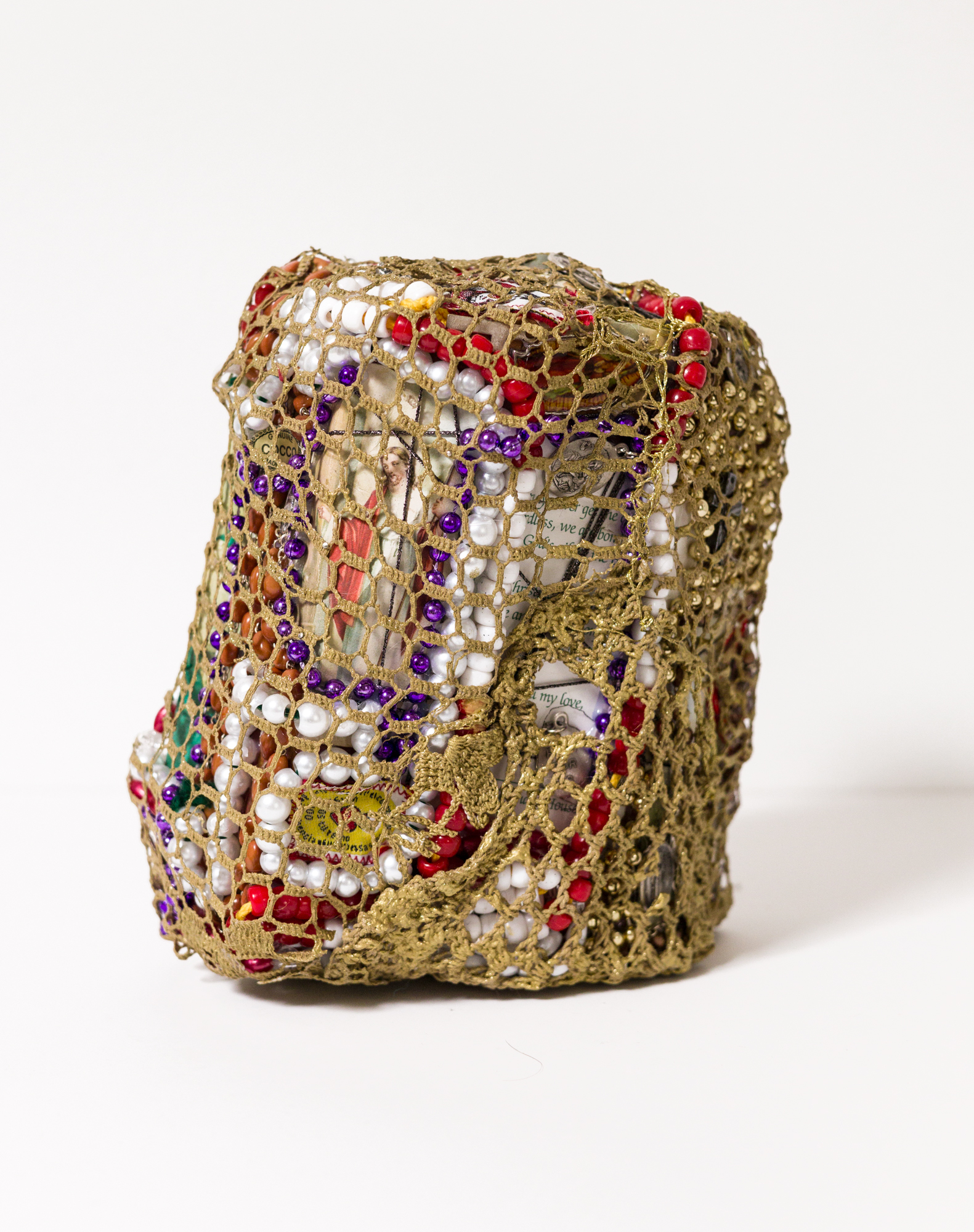
Image Source: CaitlinMcCormack
#16 They Come Back But They’re Never The Same – III

Image Source: CaitlinMcCormack
#17 They Come Back But They’re Never The Same – II
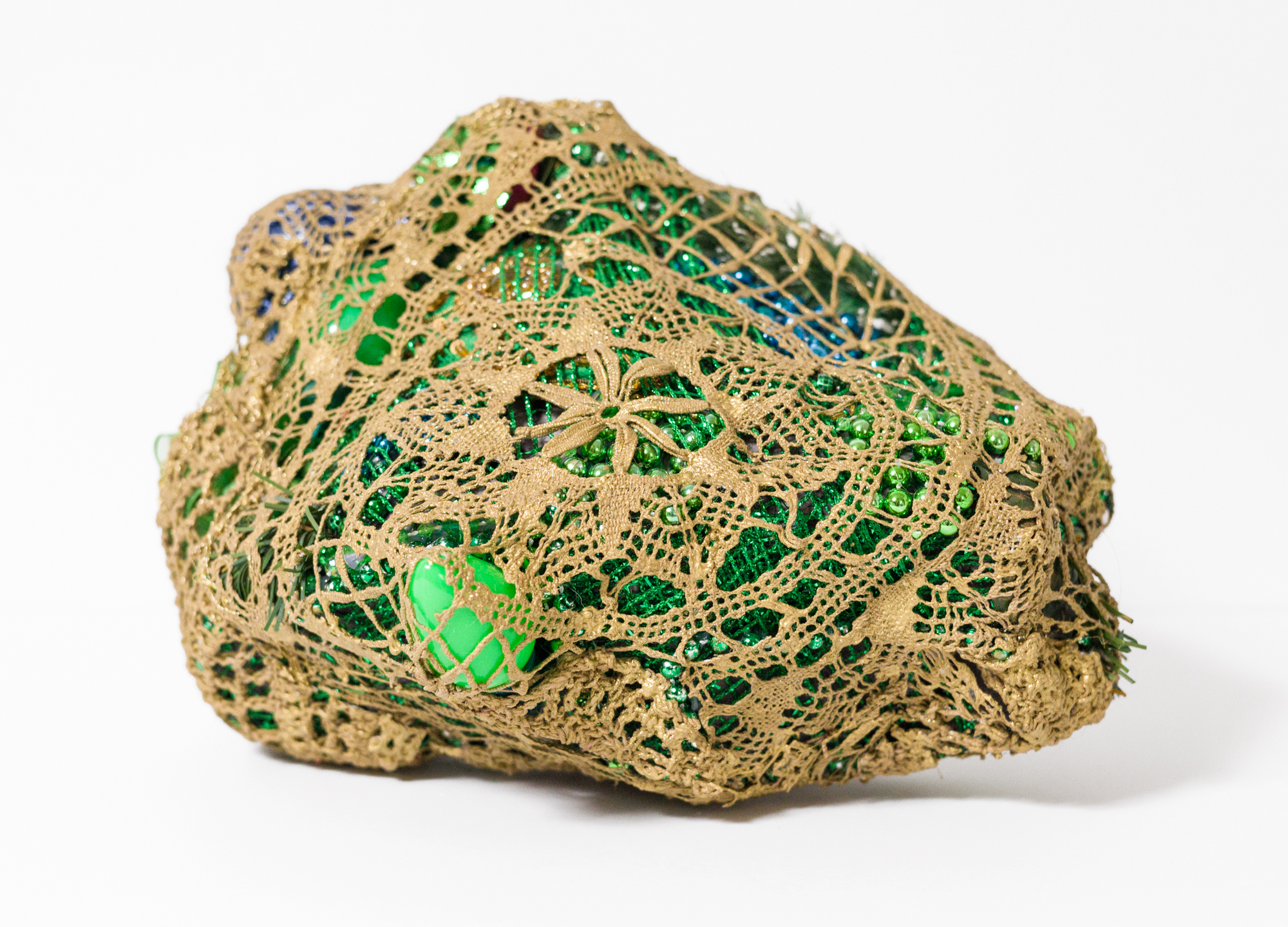
Image Source: CaitlinMcCormack
#18 They Come Back But They’re Never The Same – I
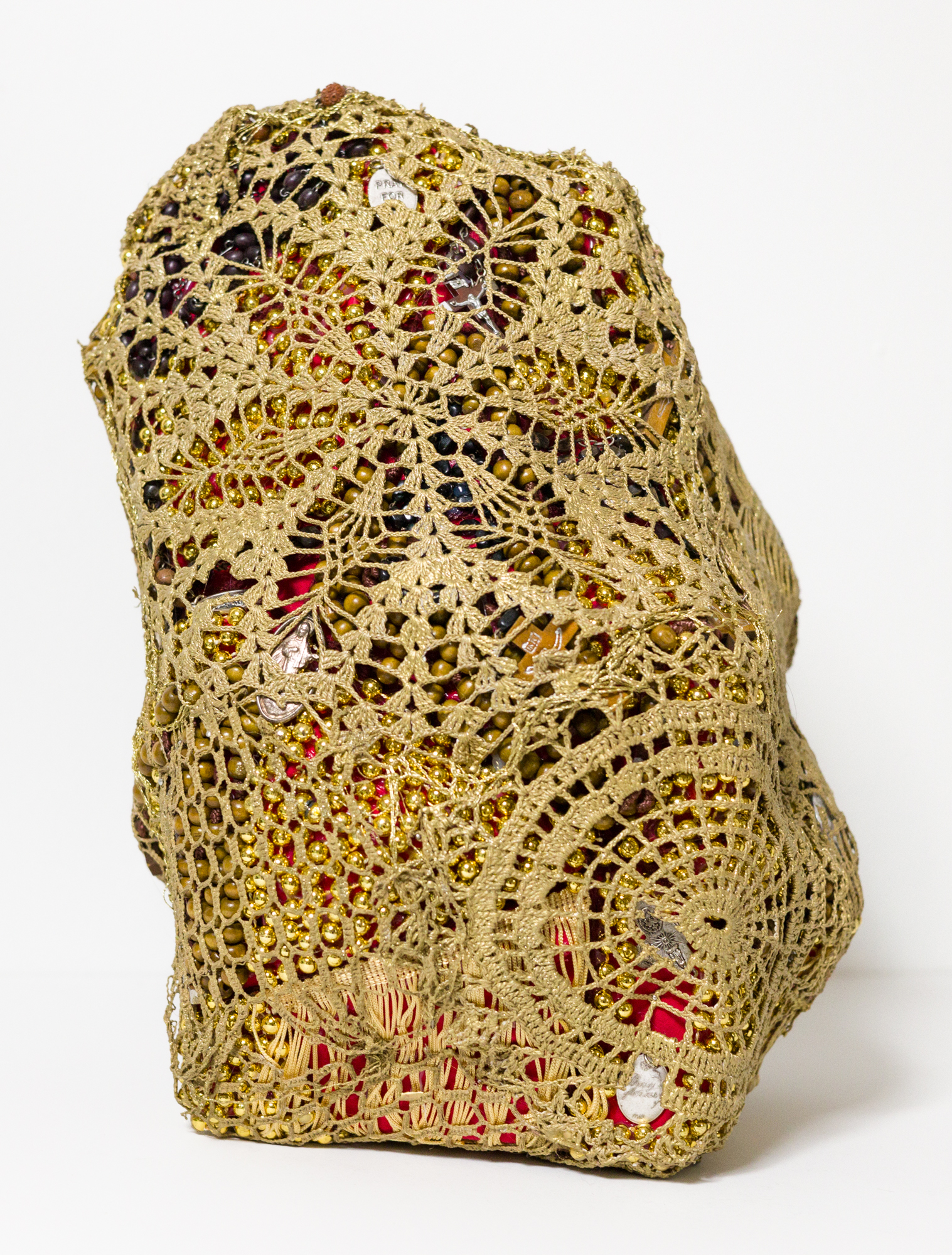
Image Source: CaitlinMcCormack
#19 Southpaw – I
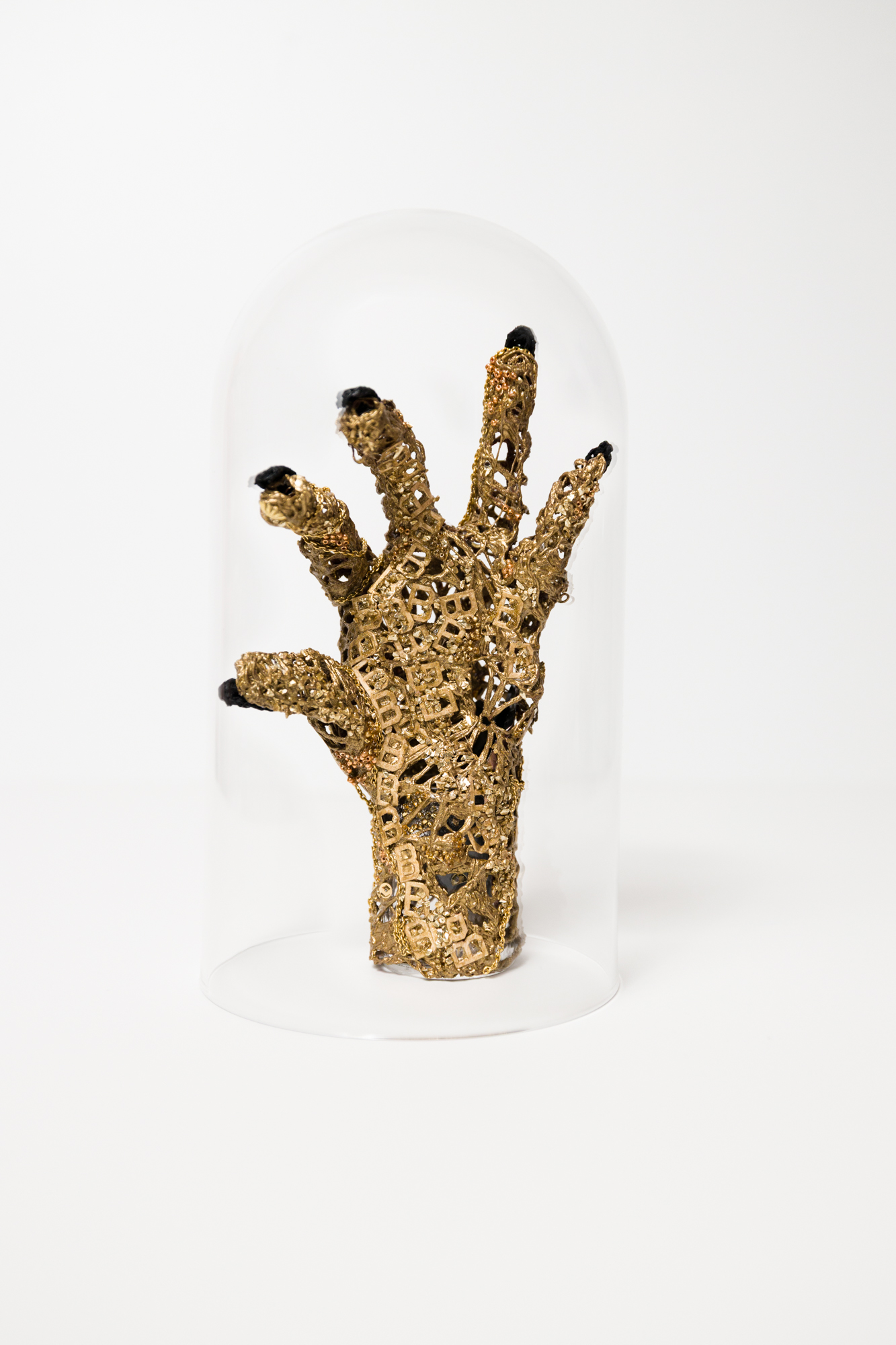
Image Source: CaitlinMcCormack
#20 Southpaw – II
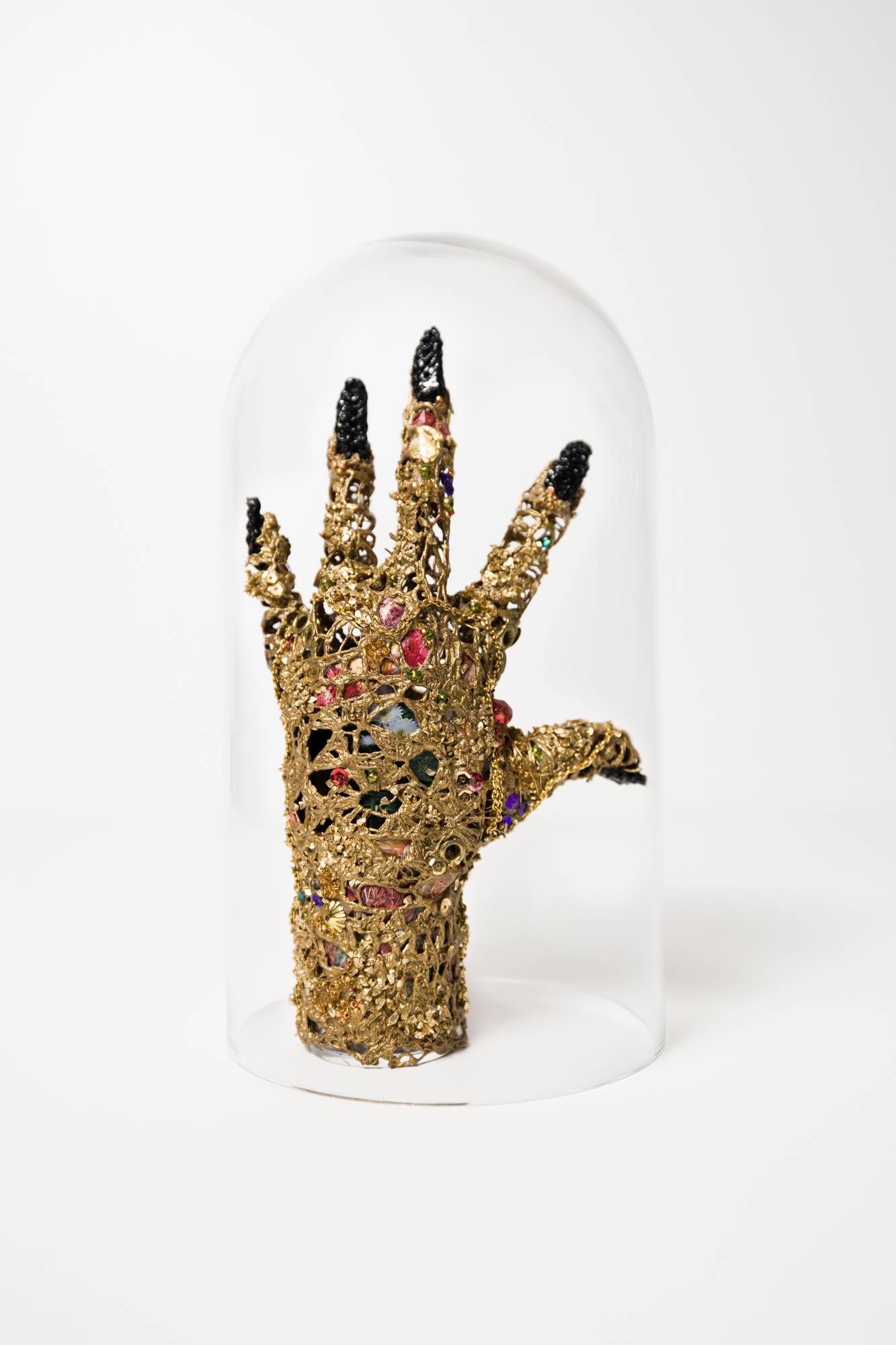
Image Source: CaitlinMcCormack
Regarding her creative process, McCormack revealed, “I don’t really reference patterns in a traditional sense. When I’m working on an animal skeleton sculpture, I typically try to find a local science museum where that creature’s osteological remains are on display. I will observe the specimen from many angles and will then draw up a series of sketches from memory, because a lot of my work has to do with the ways that memory can warp our perspectives over time. I’ll visually break the sketch down into individual parts and, because I am obsessed with personal associations with certain numbers, multiples of those numbers will be used to determine how many stitches each part should be comprised of. It’s sort of a strange reverse-engineering of typical patterning but in the end, it is a way to make sure that the proportions of each sculpture are consistent. I use a very tiny, very old hook to crochet antique cotton thread, dredge it in a goop made from various glues and fabric stiffeners, and shape it into sculptural forms after it dries. I block the wet components out on large sheets of plastic, peel them off when they’re dry, and place them into compositions. A lot of my string is sourced from estate sales, flea markets, discarded sidewalk piles, plus inheritances from deceased family members. My grandmother and her sisters used a lot of the thread that is present in my work to create doilies and delicate accessories during the Great Depression. Sometimes I dye the crocheted material with pigments foraged during hikes or I’ll coat the lace with multiple layers of enamel paint, which creates a sinewy, ropey effect”.
#21 Best-Behavior – I
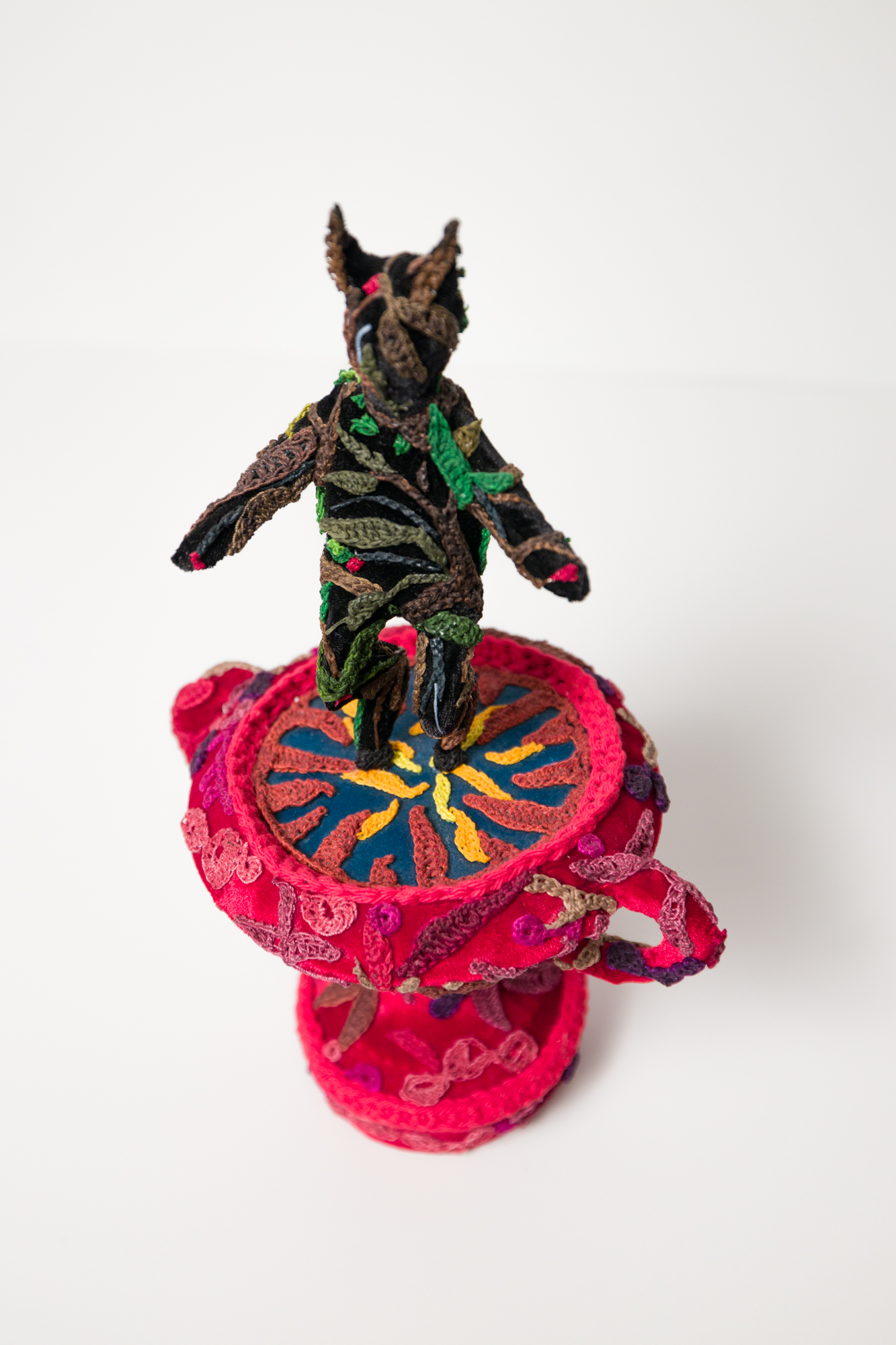
Image Source: CaitlinMcCormack
#21 Best-Behavior – II
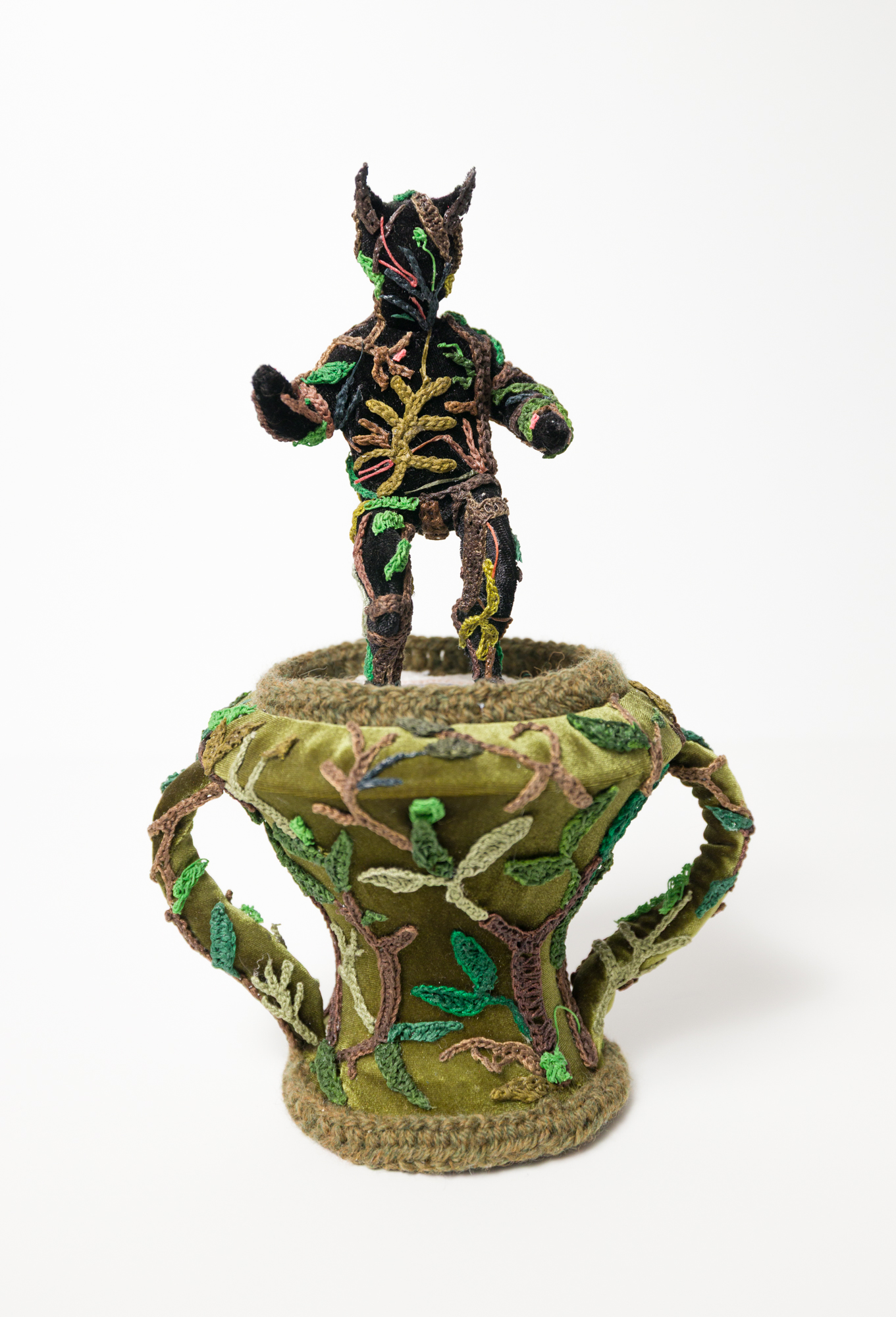
Image Source: CaitlinMcCormack
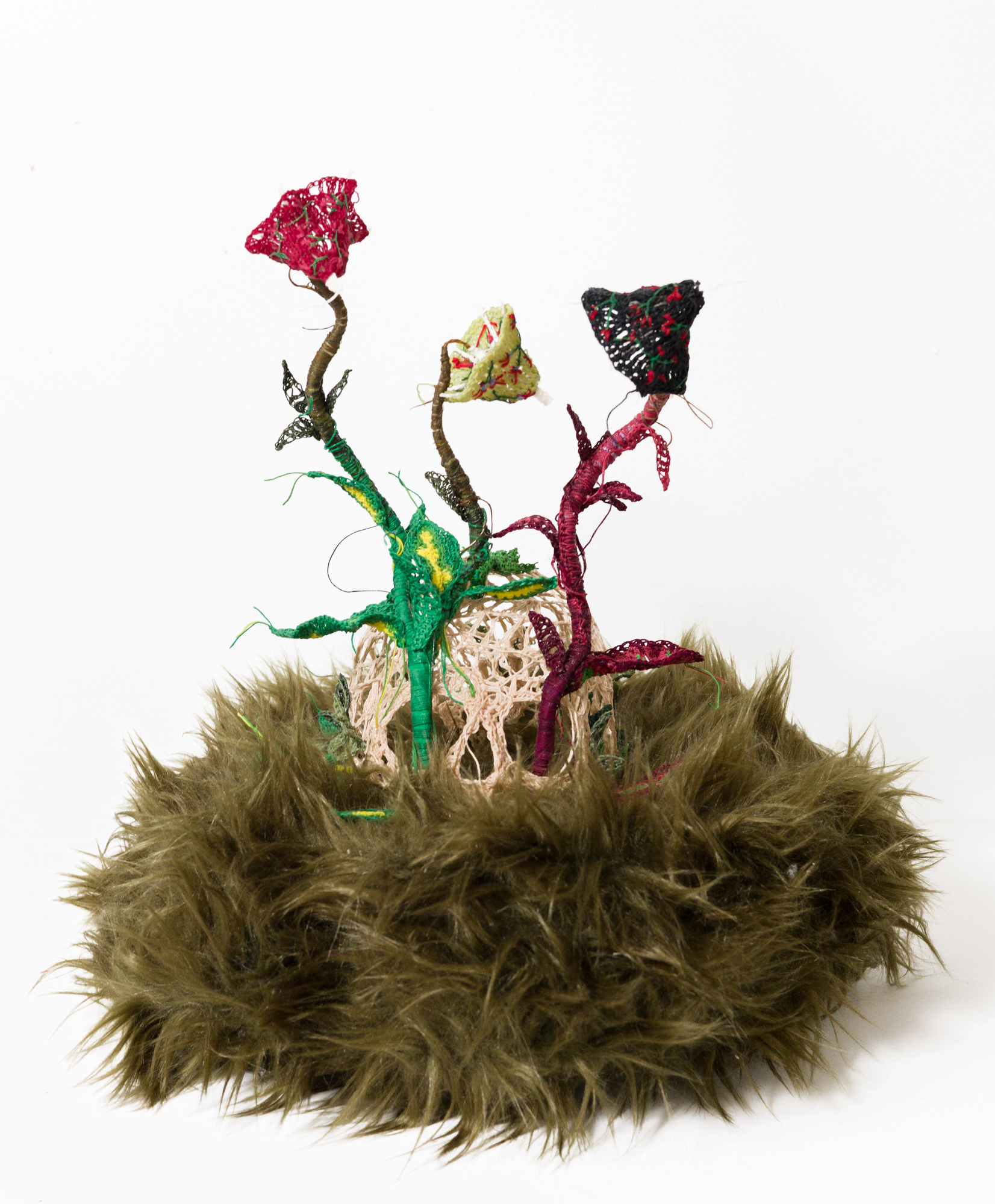



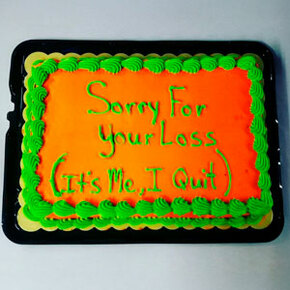


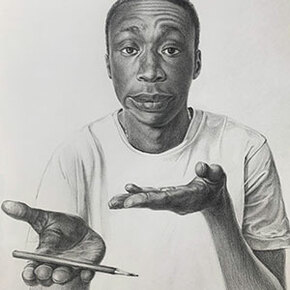





Got wisdom to pour?
[Moto X3M](https://motox3mgame.org/) mixes tricky stunts with a light-hearted gaming vibe.
I love how Sprunki Game embraces the chaos. It’s not about perfect precision; it’s about adapting to the unpredictable bounces and having a good laugh along the way. It’s a refreshing change from overly serious mobile games.
a
At GiftBasketWorldwide.com, we believe that every gift tells a story—of love, celebration, connection, or gratitude. As a globally recognized name in the gifting industry, we specialize in delivering premium gift baskets to the USA from anywhere in the world. Whether it’s a holiday, a birthday, a milestone, or simply a moment worth celebrating, we help you make memories that matter through our seamless online gift baskets delivery USA service.
Website: https://www.giftbasketworldwide.com/usa